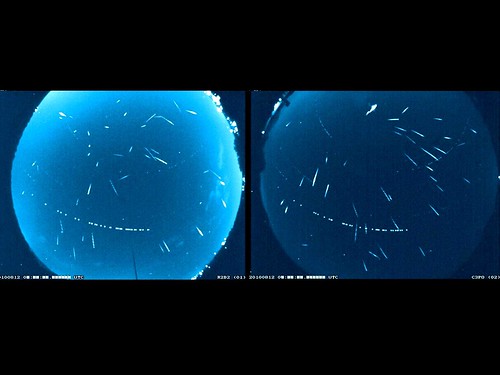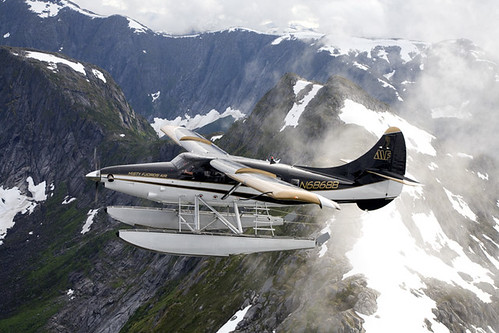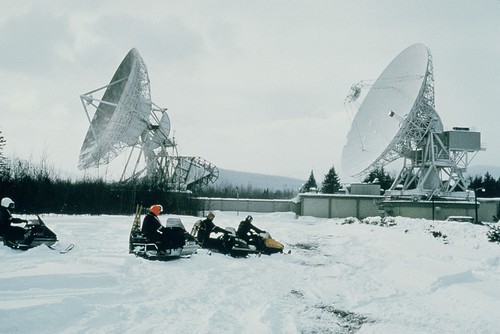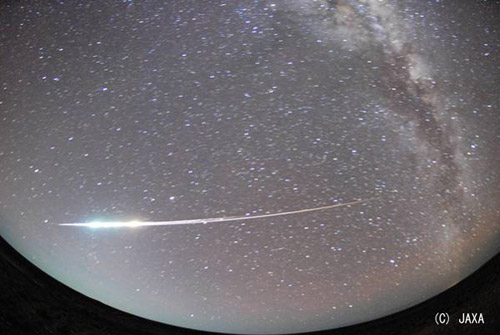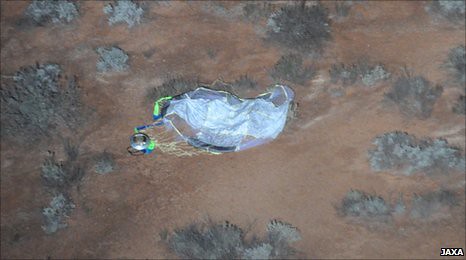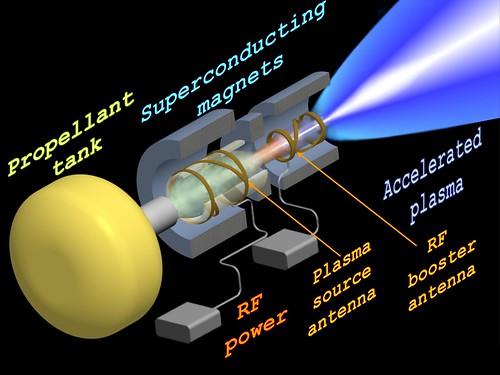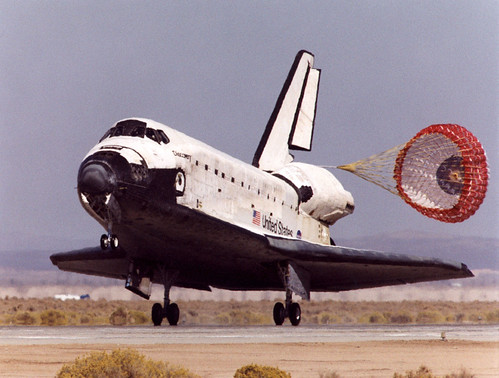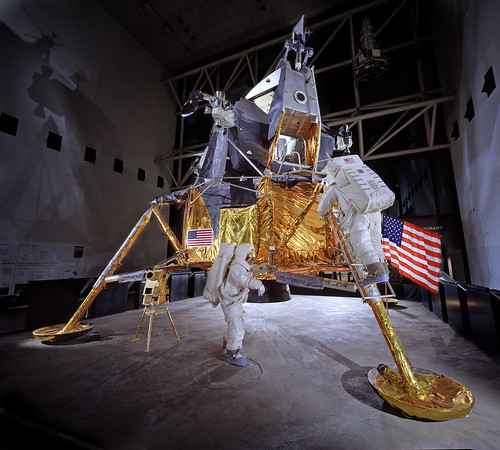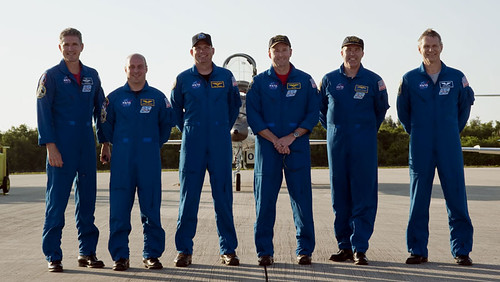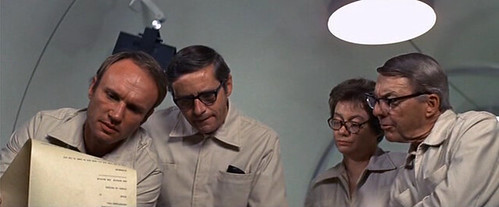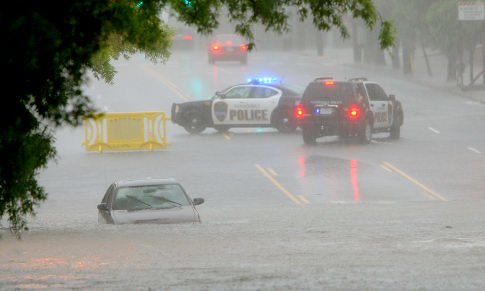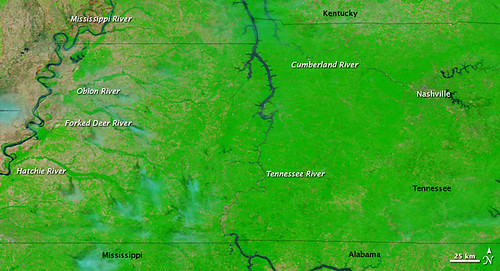The Space Shuttle Atlantis is a "go" for launch on Friday, 14 May 2010 (STS-132). The mission will be the last for Atlantis and include two spacewalks…
Atlantis’ 12-day mission will deliver the Russian-built Mini Research Module-1 that will provide additional storage space and a new docking port for Russian Soyuz and Progress spacecraft. MRM-1, also known as Rassvet, which means dawn in Russian, will be permanently attached to the bottom port of the station’s Zarya module. MRM-1 will carry important hardware on its exterior including a radiator, airlock and a European robotic arm. Atlantis also will deliver additional station hardware stored inside a cargo carrier. Three spacewalks are planned to stage spare components outside the station, including six spare batteries, a Ku-band antenna and spare parts for the Canadian Dextre robotic arm.
One aspect of the mission not featured is the Micro-2 experiment, led by Asst. Professor Cynthia Collins of RPI. Get a sense of what this is about from Laboratory Equipment:
A team of researchers from Rensselaer Polytechnic Institute will send an army of microorganisms into space this week, to investigate new ways of preventing the formation and spread of biofilms, or clusters of bacteria, that could pose a threat to the health of astronauts.
The Micro-2 experiment, led by Cynthia Collins, assistant professor in the Department of Chemical and Biological Engineering at Rensselaer, is scheduled to launch into orbit on May 14 aboard Space Shuttle Atlantis. The microorganisms will spend a week in space before returning to Earth aboard the shuttle. Within just a few hours after the shuttle’s return, Collins will be able to examine the bacteria and resulting biofilms to see how their growth and development were impacted by microgravity. The samples also will be returned to Rensselaer, to be examined using the core facilities of the Institute’s Center for Biotechnology and Interdisciplinary Studies.
“We know that gravity plays a key role in the development of biological systems, but we don’t know exactly how a lack of gravity affects the development of bacteria and biofilms,” Collins says. “This means while certain bacteria may be harmless on Earth, they could pose a health threat to astronauts on the International Space Station or, one day, long space flights. Our goal is to better understand how microgravity affects the relationship between humans and bacteria, so we can develop new ways of reduce the threat of biofilms to spacecraft and their crew.”
Partnering with Collins on the Micro-2 project are nanobiotechnology expert Jonathan Dordick, the Howard P. Isermann Professor of Chemical and Biological Engineering at Rensselaer and director of the Univ.’s Center for Biotechnology and Interdisciplinary Studies, and thin films expert Joel Plawsky, professor in the Department of Chemical and Biological Engineering. NASA is funding the experiment.
Biofilms are complex, three-dimensional microbial communities. Bacteria commonly found in nature are often in the form of biofilms. Most biofilms, including those found in the human body, are harmless. Some biofilms, however, have shown to be associated with disease. Additionally, biofilms in locations such as hospitals — or confined locations like space shuttles — have exhibited resistance to antibiotics. This could pose a problem for astronauts, who have been shown to have an increased susceptibility to infection while in microgravity.
Collins and her team will send up eight devices, called group activation packs (GAPs) and each containing 128 vials of bacteria, aboard the shuttle. While in orbit, astronauts will begin the experiment by manipulating the sealed vials and introducing the bacteria to different membranes. At the same time, Collins will perform the same actions with identical GAPs still on Earth at the Kennedy Space Center in Florida. After the shuttle returns, her team will compare the resulting biofilms to see how the behavior of bacteria and development of biofilms in microgravity differed from the control group. The experiment uses BioServe Space Technologies flight-certified hardware.
The Micro-2 research team will also test if newly developed, nanotechnology-based antimicrobial surfaces – developed by Dordick at Rensselaer – can help slow the growth of biofilms on Earth and in microgravity. If successful, these new antimicrobial surfaces could one day be used in hospitals and spacecraft to help reduce the impact of biofilms on human health.
Collins’ experiment is the third Rensselaer research project to be launched into space over the past year. In August 2009, an experimental heat transfer system designed by Plawsky and Rensselaer Professor Peter Wayner was installed in the International Space Station (ISS), where it will remain for three years. In November 2009, wear-resistant, low-friction nanomaterials created by Professor Linda Schadler were blasted into orbit aboard Space Shuttle Atlantis, attached to the outer hull of the ISS, and exposed to rigors of space.
Cool experiment, but it reminds me of the 1971 film "Andromeda Strain," which I found fascinating and fearsome.
Yeah, I know: that’s the guy who played the Mad Hatter on the Batman TV show in the 1960s.
